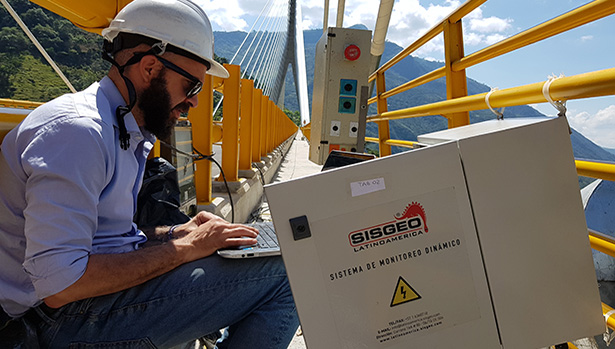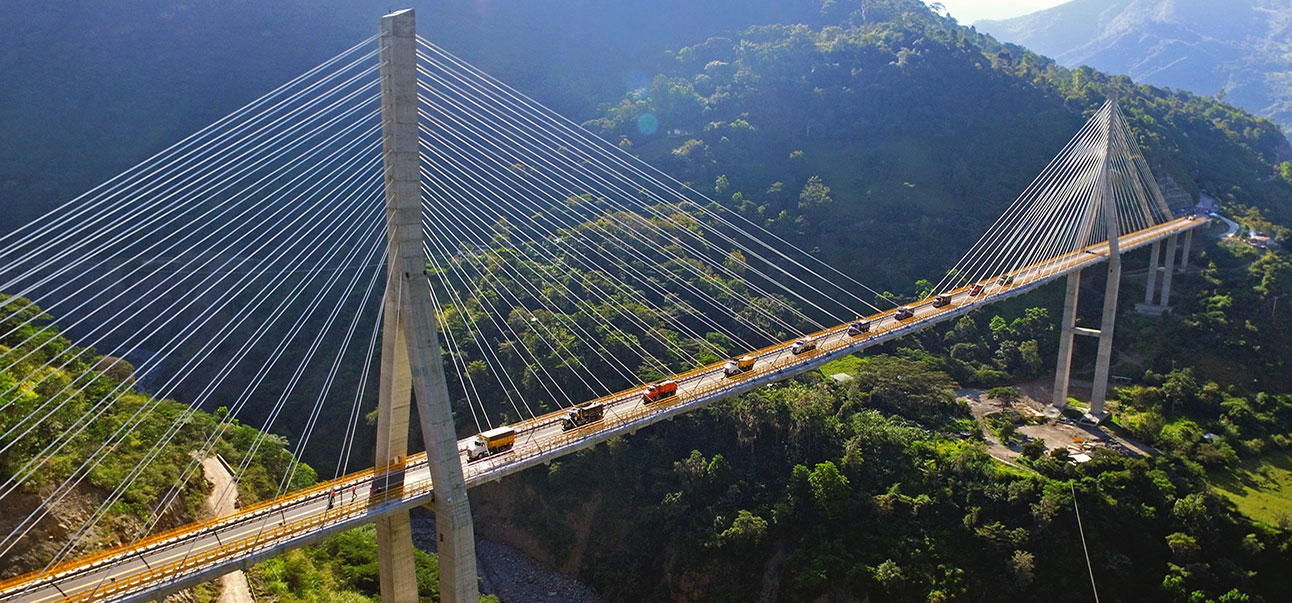What is bridges monitoring?
Bridge monitoring refers to the process of continuously monitoring the performance and condition of a bridge to ensure its structural integrity and safety. This is done by installing a network of sensors that can provide nearly-real-time data on the bridge’s health and performance.
The sensors and monitoring systems can measure a variety of factors, such as vibration, temperature, humidity, deformations, tilting and strain. This data can be analysed to detect changes or anomalies that could indicate potential issues with the bridge’s structure.
Bridge monitoring is critical for ensuring the safety of the public who use the bridge, as well as for reducing the maintenance costs and extending the lifespan of the bridge. By detecting potential problems early on, bridge operators can take preventive measures to avoid catastrophic failures and costly repairs.

Which are the challenges in bridges monitoring?
There are several parameters that are commonly monitored in bridge structural monitoring, including:
- Strain: strain measurements are used to monitor the deformation of structural elements in response to loads. Strain gauges can be welded to bridge components to monitor changes in strain over time.
- Displacement: displacement measurements are used to monitor the movement of a bridge’s structural elements, which can indicate deformation, deflection, or settlement. Displacement transducers such as joint meters can be installed on bridge components to monitor changes in position over time.
- Temperature: temperature measurements are used to monitor changes in the temperature of a bridge’s structural elements, which can affect their behavior and performance. Temperature gauges can be installed on bridge components to monitor changes in temperature over time.
- Load: load measurements are used to monitor the forces acting on a bridge’s structural elements, which can be used to assess the load-carrying capacity of the bridge. Load cells or strain gauges can be installed on bridge components to monitor changes in load over time.
- Acceleration: acceleration measurements are used to monitor the vibration of a bridge’s structural elements, which can indicate the presence of dynamic loads or structural damage.
Accelerometers can be installed on bridge components to monitor changes in acceleration over time.
By monitoring these parameters, engineers can assess the condition of a bridge’s structural elements and identify any potential problems or damage. This information can be used to develop maintenance and repair plans to ensure the safety and longevity of the bridge.


